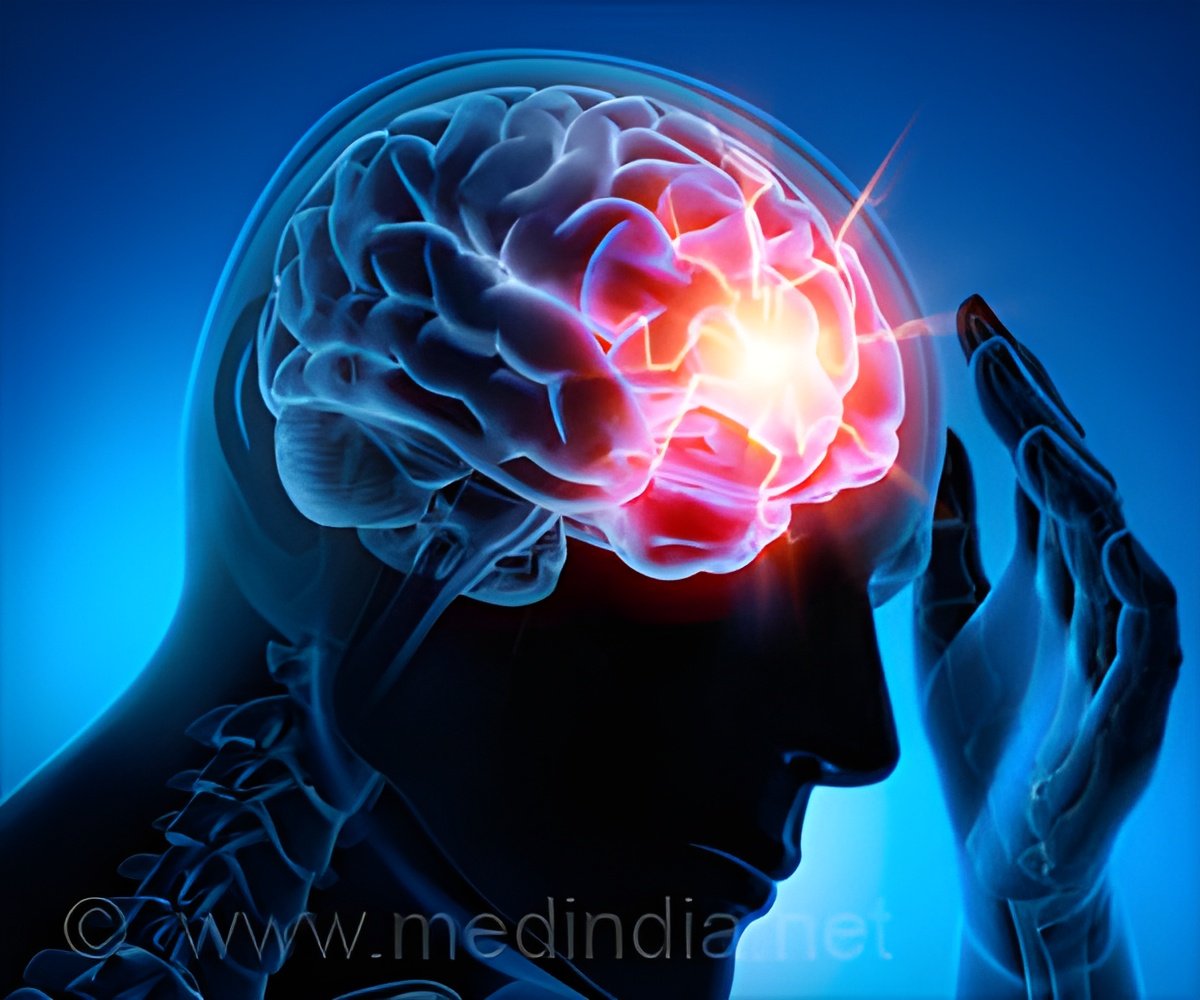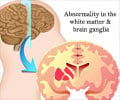Pro-ictal states were detected in patients with temporal lobe epilepsy at least 35 minutes before seizure onset.

What is Temporal Lobe Epilepsy?
Temporal lobe epilepsy is the most common seizure disorder, affecting some 50 million people globally. There are two temporal lobes, one on each side of the head behind the temples. Mesial temporal lobe epilepsy, which accounts for about 80% of all temporal lobe seizures, involves seizures starting in or near a part of the brain called the hippocampus, which controls memory and learning. Neocortical or lateral temporal lobe epilepsy involves seizures starting in the outer section of the temporal lobe.‘Early prediction of seizures sheds insights into more effective therapies for epilepsy, which could greatly improve the quality of life.’





“The ability to predict seizures before they occur is a major step forward in the field of epilepsy research,” said Pati, senior author of the study and a member of the Texas Institute for Restorative Neurotechnologies at UTHealth Houston Neurosciences. Surgery is a common treatment for many patients with epilepsy. But when seizures affect larger areas of the brain, removing part of the brain surgically is not an option. Neuromodulation therapy could offer an alternative solution for patients with these seizures, Pati said. v Past studies of continuous electroencephalography (EEG) – the measurement and recording of electrical activity in different parts of the brain – have suggested that seizures in people with focal-onset epilepsies tend to occur during periods of heightened risk, represented by pathologic brain activities known as “pro-ictal states.” The EEG-based detection of pro-ictal states is critical to the success of adaptive neuromodulation, with the early detection of seizures allowing electrodes to be applied therapeutically to the brain’s seizure onset zone and thalamus.
To distinguish these pro-ictal states, Pati’s team studied a prospective, consecutive series of 15 patients with temporal lobe epilepsy who underwent limbic thalamic recordings in addition to routine intracranial EEG for seizure localization. In total, they analyzed 1,800 patient hours of continuous EEG.
Pro-ictal states were distinguished at least 45 minutes before seizure onset in 13 of 15 participants. In two of 15 participants, they were distinguished up to 35 minutes prior.
While Pati believes that modulation of these brain regions during pro-ictal periods may be an effective therapeutic approach to the treatment of temporal lobe epilepsy, his theory still needs to be tested in clinical trials. However, this information could lead to the development of electrical or drug therapies aimed at preventing seizures.
Advertisement
Source-Eurekalert














